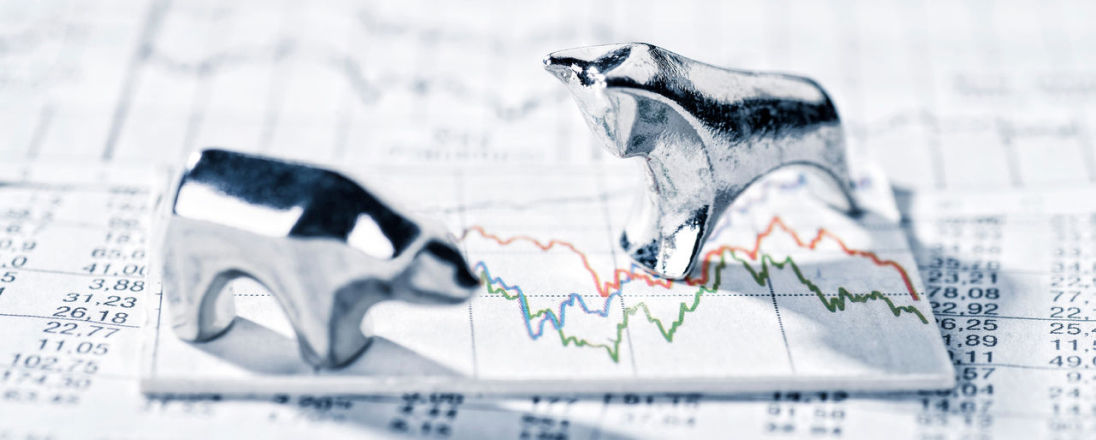Russia’s invasion of Ukraine and its effect on the markets
Staying the course through geopolitical events.
Article published: February 25, 2022

Geopolitical events, such as Russia’s invasion of Ukraine in February 2022, can be concerning for many reasons, ranging from the human toll to the economic and political repercussions. But will this latest development also have an impact on your portfolio?
Stocks had been falling for several days as tensions escalated in February. Then on the morning of the invasion (Feb. 24), the initial reaction of markets around the globe was turbulent. But by the time markets closed on Feb. 24, U.S. stocks were actually up for the day (as measured by the S&P 500), and global stocks were down only slightly (as measured by the MSCI All-Country World index). And on Feb. 25, U.S. stocks were on track to post their strongest performance for 2022.
This is a valuable reminder that volatility means that stock prices are swinging dramatically both up and down – and serves as an important lesson in not reacting emotionally to short-term market disturbances. With volatility likely to continue as the news out of Ukraine develops, these are important considerations when thinking about your investments.
The effect on your portfolio
If you are invested in a diversified portfolio, direct exposure to Russian stocks is likely minimal. For example, at Edelman Financial Engines, our portfolios typically have exposure to stocks from 50 countries across the globe. Russia’s economy is about 14 times smaller than the U.S. economy, and Russia’s stock market is a small fraction of the world market.
But it’s the reaction of other nations – and the effect on other markets – that will matter. Because the financial markets are forward-looking, markets have been reacting to the worsening conflict in Ukraine for several weeks. While the broad stock market indexes declined at first, oil and gas company stocks rose amid expectations of rising energy prices. And bond prices have generally seen mixed performance. This is an example of how diversification – a mix of assets that perform in different ways – is at work in a portfolio.
But Ukraine is just one factor driving volatility, with inflation and rising interest rates also being large drivers since January.
From this point forward, there is room for both positive and negative surprises, so markets may experience big swings on any given day. It can be difficult not to react to the latest market-moving events. But it’s important to remember that historically – while no two geopolitical events are alike – markets have generally recovered fairly soon after geopolitical crises.
That’s why our advice is always to “stay invested and stay the course.” Keep focused on what you can control – how much you save and what your goals are for the future. Contact one of our independent financial planners if you want to review your retirement portfolio.
An index is a portfolio of specific securities (common examples are the S&P, DJIA, NASDAQ), the performance of which is often used as a benchmark in judging the relative performance of certain asset classes. Indexes are unmanaged portfolios and investors cannot invest directly in an index. Past performance does not guarantee future results.
Investing strategies, such as asset allocation, diversification, or rebalancing, do not assure or guarantee better performance and cannot eliminate the risk of investment losses. All investments have inherent risks, including loss of principal. There are no guarantees that a portfolio employing these or any other strategy will outperform a portfolio that does not engage in such strategies. Past performance does not guarantee future results.




